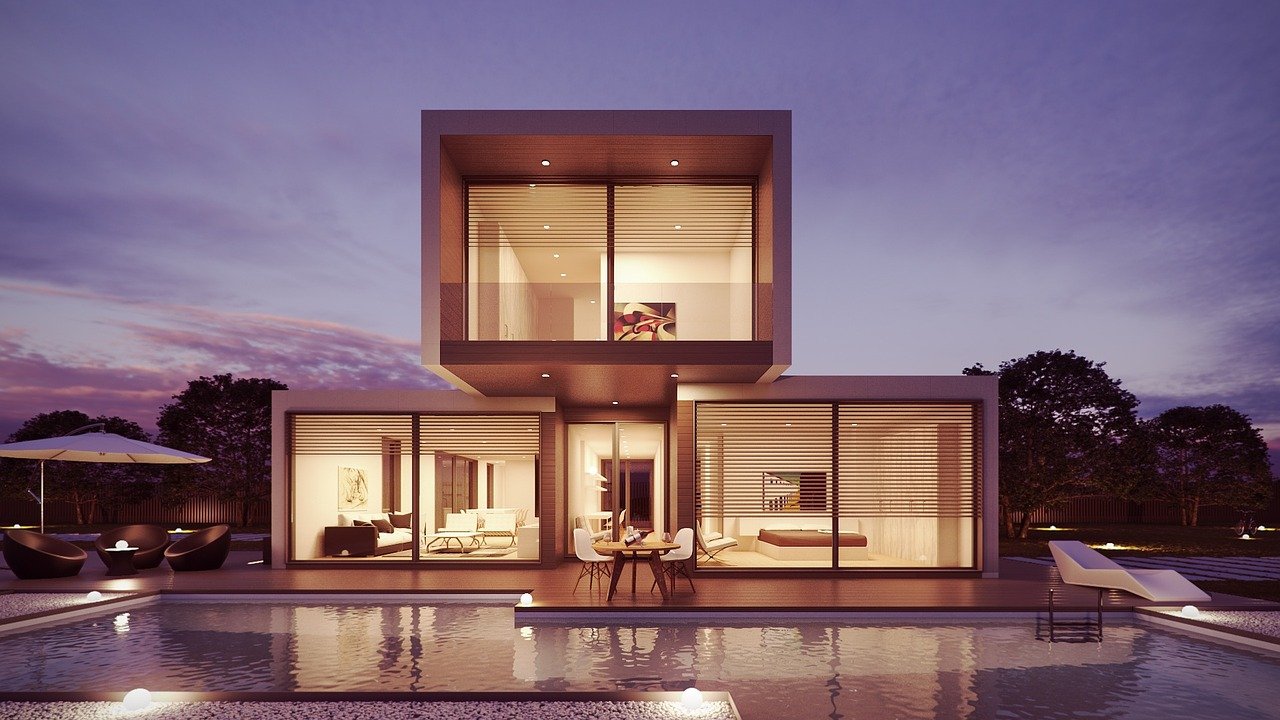Planning for your dream house can be both exhilarating and overwhelming.
Being sufficiently prepared can give you better peace of mind when planning the house you’ve always wanted. Here are some expert house planning guidelines to help you design your dream home.

Building a dream home consists of three steps: planning, financing, and construction. Planning is the first crucial step towards making your dream house a reality. The question is – what elements do you need to plan?
Your ideal house plan depends on your present and future lifestyle. Since a lot of parents now work from home, there are a few more considerations to just planning for the usual living spaces like bathrooms, bedrooms, kitchens, and living rooms.
You’d also want to make space for accommodating growing children, receiving visitors, or eventually taking in older parents. Ocean Gardens is the best home for your lifestyle and refreshing facilities.
Choosing the right architectural style, form, and function of your whole house, including its rooms and spaces, depends on your personal preferences and lifestyle.
You can either develop your plan on paper, a computerised software sketch, or premade plans. This will involve planning room sizes, maximising each space, along visualising the flow between rooms.
Planning is one thing, but knowing that you can afford your dream house makes it a step closer to reality. Brainstorming can take anywhere from a few months, to a full year, including getting the right permits.
You need to figure out how much mortgage payment you can afford each month. It would be best to follow the Bankrate guidelines, advises MrClarksville.com, and its front-end and back-end ratios.
The minimum monthly mortgage amount should not be bigger than 28% of your gross monthly income. This includes principal fees, real estate taxes, interest, and homeowner’s insurance.
The back-end ratio figure is that your mortgage payments should not be less than 36% of your gross monthly income. This includes other costs like current credit card and car payments, alimony, or other monthly financial obligations.
After deciding what you want to be done with each aspect of your house, you need to create your team to handle the actual design and construction process.
A designer and a contractor can help you work out how much of what you want can be done with the budget that you have.
Building a dream home can take a minimum of a year, and will require a lot of back and forth. Expect unforeseen issues and problems to come your way.
Ensure that you are working with professionals who have your best interests at heart, but still maintain a pleasant working relationship with you.
If you need more big ideas for building your dream home, visit https://www.coasthomeswa.com.au/collection/on-show/
Building your dream house is an exciting milestone and an investment your family can enjoy for years to come. Knowing what you want and making allowances for unforeseen circumstances make up for foolproof planning.
Work within what you can afford, and try to follow a reasonable schedule, to always stay within budget. Successful planning is, after all, winning half the battle.